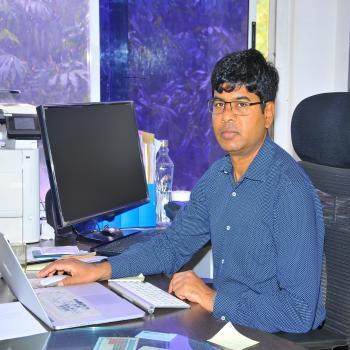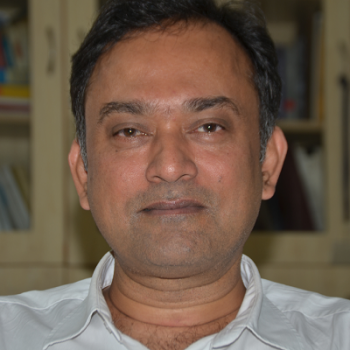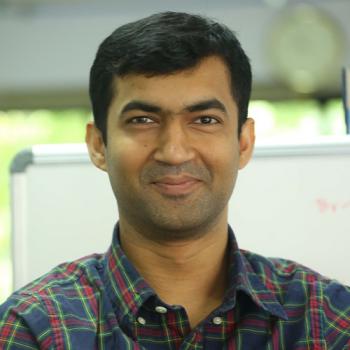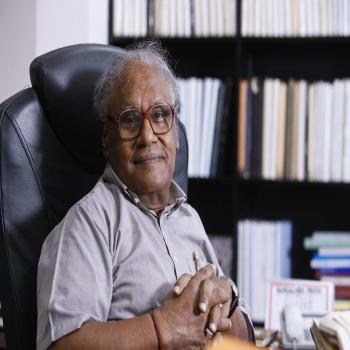School of Advanced Materials (SAMAT)
The School of Advanced Materials (SAMat) was founded in 2018 by the esteemed leader, Bharat Ratna Professor C. N. R. Rao, with the goal of uniting all materials researchers at JNCASR (Jawaharlal Nehru Centre for Advanced Scientific Research) under one organization. SAMat aimed to promote collaborative research and enhance the international visibility of its research activities. The faculty members of SAMat engage in extensive experimental research and theoretical and computational materials science. SAMat organizes an annual symposium featuring the prestigious Prof. C. N. R. Rao Materials Lecture, delivered by renowned materials scientists. Additionally, the faculty members of SAMat are actively involved in teaching integrated Ph.D. programs in Chemical and Physical Sciences with a specialization in materials, as well as master's programs at the Centre.
SAMat has published a book called "Advances in the Chemistry and Physics of Materials " as a significant initiative (World Scientific 2019)." This compilation comprises twenty-one chapters contributed solely by the faculty members of SAMat, covering various frontier areas of materials science. This comprehensive book encompasses nearly all aspects of modern-day materials science. It is anticipated that SAMat, through its endeavors, will greatly advance materials science at JNCASR and bring recognition to all involved. Furthermore, SAMat has embarked on a new project in collaboration with World Scientific (2022), publishing a book titled "ENERGY MATERIALS." This book features chapters on recent developments in Energy Materials Science, contributed by experts specializing in different areas, many of whom are affiliated with the School of Advanced Materials at JNCASR, Bangalore, India. The book provides valuable insights into energy materials and presents up-to-date status reports, catering to the needs of practitioners, teachers, and students.
Established as a virtual Centre, SAMat has now materialized into a physical structure in 2023. It encompasses eight laboratories, a meeting-cum-classroom, and several office spaces.
© 2021, JNCASR, Jakkur, Bangalore, India





